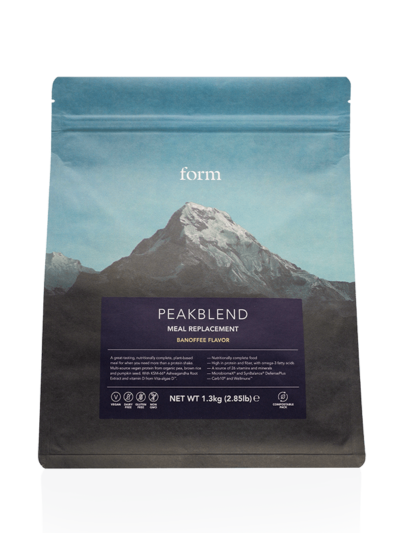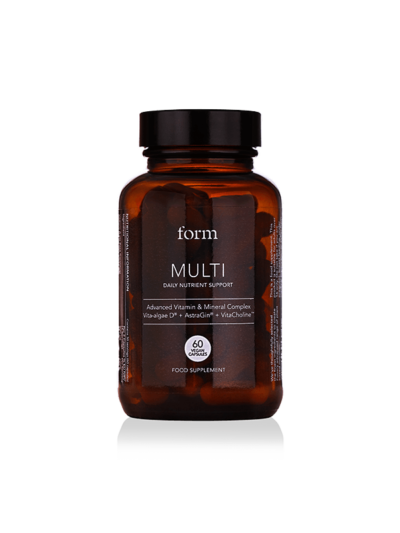How Can I Form a Good Habit? We Unpack the Science

If you’re someone who finds inspiration by scrolling through TikTok or Instagram, you’ll know that the internet is hyper-obsessed with habit setting.
Social media is flooded with all kinds of ‘inspirational routine’ content, with videos and how-tos that revolve around waking up at 5am, journaling, sipping virtuous green juices, meditating, and taking ice baths – and that’s all before you’ve even set foot in the studio for your morning workout.
No matter your goals, habits will undoubtedly get you there faster, but how exactly do they work, and what can we do to set ourselves up for long-term habit forming success?
How behaviours become habits
Forming a new habit is hard, especially in the beginning stages. According to James Clear, author of the bestselling book Atomic Habits, the process of building a habit can be split into four simple steps: cue, craving, response and reward. This is what’s known as the ‘habit loop’.
“This pattern is the backbone of every habit, and your brain runs through these four steps in the same order each time,” says Clear.
Every habit starts with a cue. “The cue triggers your brain to initiate a behaviour. It is a bit of information that predicts a reward.” This could be seeing your gym kit hanging by the front door, or spotting a bunch of healthy ingredients in the fridge.
Cravings are the next step; the crucial building block that we often neglect. Having a desire to complete a behaviour is an important part of crystallising a good habit. “Without some level of motivation or desire – without craving a change – we have no reason to act,” says Clear.
The third stage – the response – is a habit in action, such as doing a 30-minute workout or reading 10 pages of a book. “If a particular action requires more physical or mental effort than you are willing to expend, then you won’t do it,” warns Clear.
Lastly, we get to enjoy the rewards; the prize for completing a habit. “We chase rewards because they serve two purposes: they satisfy us and they teach us,” notes Clear.
To cement any behaviour into a habit, we need to tick off all four stages of the habit loop, in the right order.
In everyday life, the habit loop can show up in lots of different ways. Imagine your phone buzzes with a new text message. This buzz serves as the cue. You want to learn the contents of the message (craving). So, you instinctively grab your phone and read the text (response).
In doing so, you satisfy your craving to read the message, and this action becomes associated with the cue of your phone buzzing.

So how long does it take to form a habit?
Building habits takes a lot of time – more than two months to be exact. Popular thinking suggests it takes 21 days to set a new habit, but recent research discredited this theory.
“The 21 days rule originated from a plastic surgeon who said it takes people 21 days to get used to a new limb,” says Phillipa Lally, a health psychology researcher at University College London. “Somewhere along the line this information was taken out of context. This is totally different from the science of forming habits.”
In 2012, Lally and her research team published a game-changing paper in the European Journal of Social Psychology that looked into the theory. The researchers found that for the average person, it takes closer to 66 days for a new behaviour to become automatic.
“Some people might take less time, while others will be more, but the key thing is that it’s not an overnight change,” says Lally.

How can I build good habits over time?
Try temptation bundling
If you love nothing more than a post-workout protein shake, building the habit of rewarding yourself with a smoothie after your workout can help with fitness motivation. “Katie Milkman, a brilliant researcher in the US, has a theory called ‘Temptation Bundling’,” notes Lally. “Her proposal is that you link something that you want to do, with something that you think you should do.”
“When it comes to the brain chemistry, the reward needs to be very immediate. Saying, ‘If I go to the gym five times this week and then I can have a prize at the weekend is not going help in making the habit automatic, so treat yourself to something enjoyable there and then.”
Set up cues
Cues are a really important part of building habits. “If I want to start eating healthily, I need my kitchen to be full of healthy foods and not unhealthy foods,” says Lally. “Can you set reminders to help you to structure your world around the habits you want to build?”
This could be leaving your weekly meal plan on the fridge or having your fitness kit out the night before, so you can hold yourself accountable.
Celebrate small achievements
“With every repetition of a habit, it gets easier,” Lally enthuses. “When you’re working out, not only are you doing that habit, but you’re also working towards forming that habit. You get a double hit. With fitness though, it’s often the starting it that’s the hardest – that’s the bit that the habit applies to.”
Essentially, whether your goal is to write a novel or build a six pack , just turning up to the gym or sitting at your desk counts towards your goals. As Lally puts it: “You’ve worked towards forming a habit, so that’s something to celebrate. Habits take time to build so give yourself credit for doing the hard work.”


















